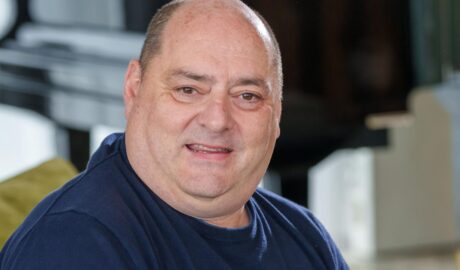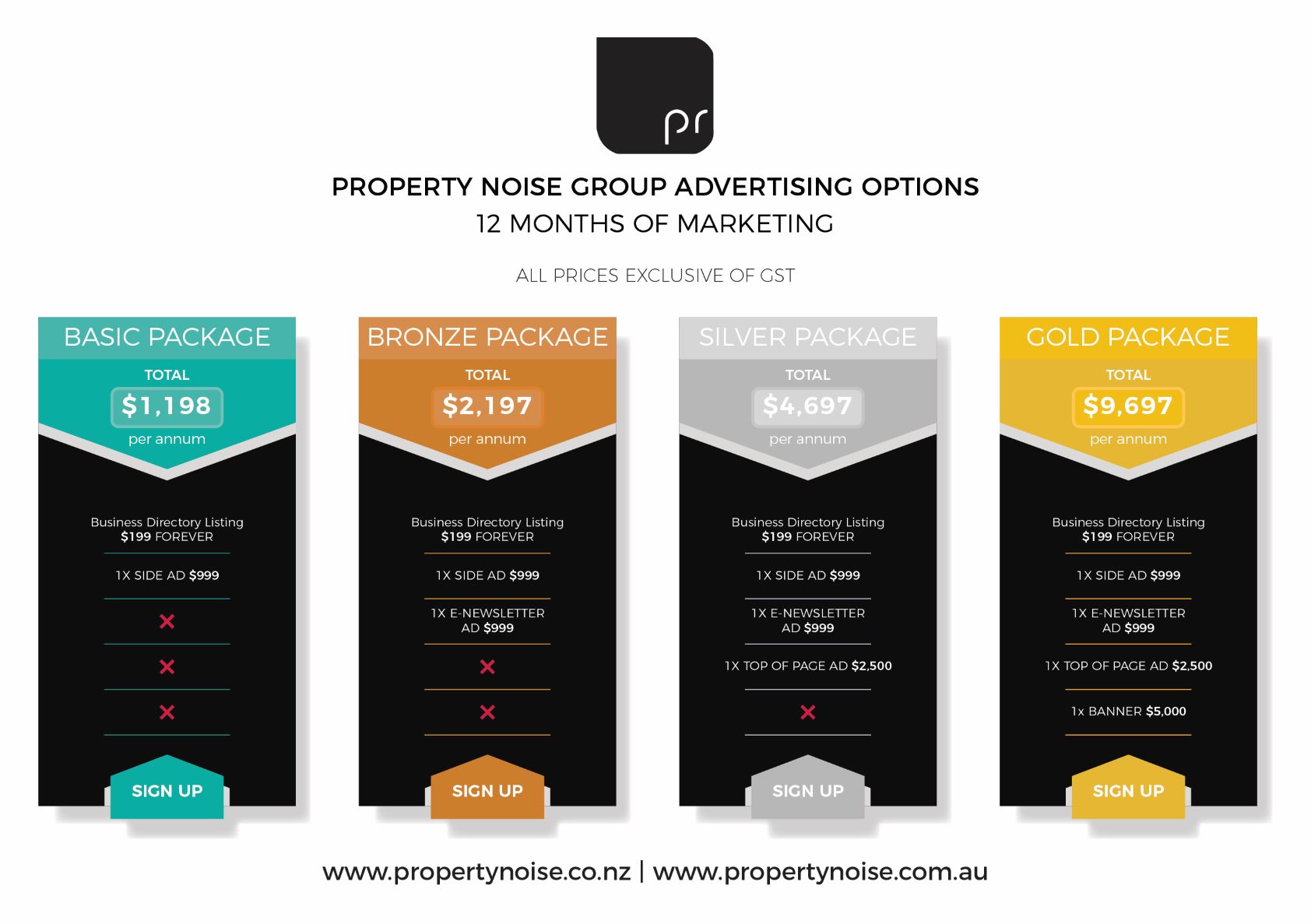PHOTO: Australia’s population is about to boom in a big way. FILE
According to realestate.com.au Australia is expected to have a population of 29 million by the end of 2030, which is three million more than now, and keeping up with the growing demand for housing is going to be a major hurdle.
The country’s population went backwards during the early stages of Covid, with a net loss of 85,000 people in the 2021 financial year.
But with borders reopened, Treasury expects net overseas migration will return to pre-pandemic levels this year, and remain at the long-run average of 235,000 people over the medium term.
Unsurprisingly, the most populous states of New South Wales, Victoria and Queensland are predicted to have the highest number of residents by June 2026.
The Block insider makes wild claims about ‘buddy buyers’, ‘secret’ tradies and contestants ‘playing characters’
NSW and Victoria are tipped to growing by 300,000 and Queensland by 400,000 to have resident bases of 8.5 million, 7 million, and 5.6 million respectively.
“Ensuring the supply of new homes keeps up with Australia’s growing population is going to be a key challenge over the coming years,” PropTrack economist Anne Flaherty said.
Pete Wargent, co-founder of national buyer’s agency BuyersBuyers, said that while population growth had temporarily halted due to Covid, it’s been slowly creeping back up, adding pressure to the housing market.
After a lengthy period of closed international borders, population growth hasn’t been much in the news of late,” Mr Wargent said.
“Now, for the first time in a decade, we have full employment and a genuine skills shortage, and after a hiatus, we should expect a strong rebound in net overseas migration.”

As population grows experts question where everyone will live. Picture: Getty
Renters will be the first to feel the squeeze
With Australia’s border now open and universities welcoming back students from overseas, the competition for inner-city rentals is at an all-time high, driving prices up accordingly.
PropTrack’s latest Rental Report for the September quarter shows rent prices have increased at the fastest quarterly rate on record, surging by 4.3% in the past three months to reach a national median of $480 per week.
As the population increases rapidly in coming years, Ms Flahertly said many renters will be struggle to stay housed.
“There is already an undersupply of rental accommodation. A slowdown in development activity as population growth resumes will exacerbate supply issues over the coming years.
“This will reveal itself in the rental market – new Australians are more likely to rent than buy in their first few years, so this is where the pressure of a larger population will be first felt.
“If demand to rent outpaces the supply of new rental properties, this will drive rents further upwards.”
MOST POPULAR IN NEW ZEALAND
 Companies linked to ‘property queen’ go into liquidation
Companies linked to ‘property queen’ go into liquidation Real estate agent’s brilliant reply to ‘sleazy customer’
Real estate agent’s brilliant reply to ‘sleazy customer’ Claims about Jacinda Ardern’s wealth
Claims about Jacinda Ardern’s wealth Auckland beauty queen now a TOP real estate agent
Auckland beauty queen now a TOP real estate agent Have KIWI real estate agents become more trustworthy?
Have KIWI real estate agents become more trustworthy? Homeowners told not to panic
Homeowners told not to panic Rich Listers family duo ‘We’re hot property’
Rich Listers family duo ‘We’re hot property’ Abandoned land for sale
Abandoned land for sale Waiheke Island vineyard hosts British pop star | WATCH
Waiheke Island vineyard hosts British pop star | WATCH Struggling to pay the mortgage? Why you don’t need to shower!
Struggling to pay the mortgage? Why you don’t need to shower!


















